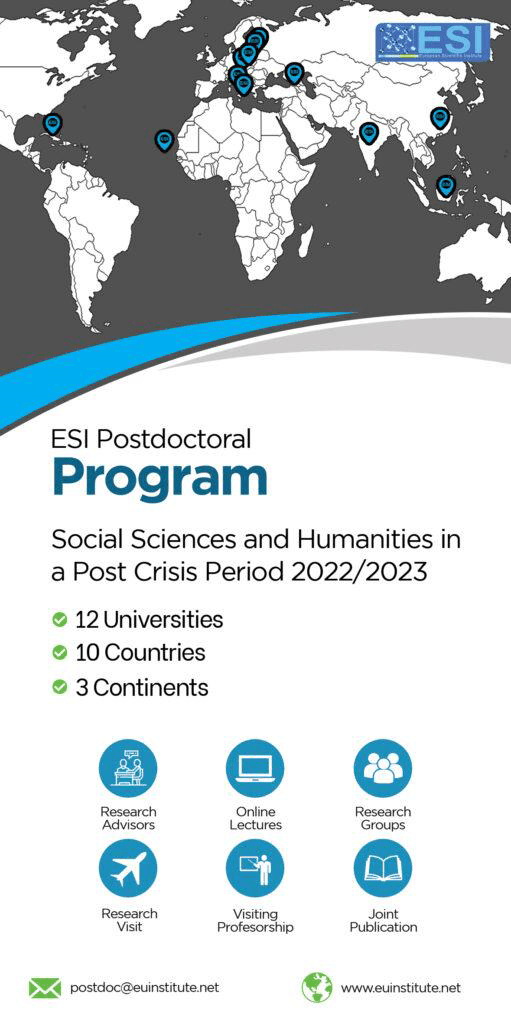Enhancing Portal System Resilience with a Modified Lion Optimization Algorithm (MLOA) for Cyber Threat Detection
Abstract
This research presents a novel cyber threat detection framework that integrates the Modified Lion Optimization Algorithm (MLOA) with a one-class classification approach to improve the resilience of portal systems against denial-of-service attacks, Man-in-the-Middle attacks, and data breaches. The proposed model enhances anomaly detection by optimizing decision boundaries in high-dimensional datasets, leveraging adaptive threshold tuning, dynamic feature selection, and real-time monitoring. Experimental evaluations demonstrate that the MLOA-based detection model significantly outperforms traditional clustering-based methods across varying levels of attack complexity. It achieves a recall of 0.97, accuracy of 0.98, precision of 0.96, and an area under the receiver operating characteristic curve (ROC-AUC) score of 0.97 for simple anomalies, while maintaining strong performance for moderate and complex anomalies, with recall values of 0.92 and 0.90 and ROC-AUC scores of 0.94 and 0.92. These findings validate the effectiveness of the proposed approach in detecting zero-day attacks and evolving cybersecurity threats, offering a scalable, high-performance anomaly detection solution for modern portal systems. This study further establishes the practical application of nature-inspired optimization algorithms in cybersecurity, reinforcing the importance of AI-driven threat detection in protecting digital infrastructure.
Downloads
Metrics
PlumX Statistics
References
2. Data, S., Karadayı, Y. and Aydin, M.N. (2020) ‘applied sciences A Hybrid Deep Learning Framework for Unsupervised Anomaly Detection in Multivariate’, Applied Science, 10(15), pp. 1–25. Available at: https://doi.org/Appl. Sci. 2020, 10(15), 5191; https://doi.org/10.3390/app10155191.
3. Katoch, S., Chauhan, S.S. and Kumar, V. (2021) Katoch2021_Article_AReviewOnGeneticAlgorithmPastP.pdf, Multimedia Tools and Applications. Multimedia Tools and Applications.
4. Konstantina., et al (2021) ‘Network traffic anomaly detection via deep learning’, Information (Switzerland), 12(5). Available at: https://doi.org/10.3390/info12050215.
5. Mendeley and Elsevier (2017) ‘Mendeley Manual for librarians’, The Electronic Library, 28(1), pp. 1–44. Available at: http://www.emeraldinsight.com/doi/10.1108/02640471011023388%0Ahttps://www.elsevier.com/__data/assets/pdf_file/0011/117992/Mendeley-Manual-for-Librarians_2017.pdf.
6. Nour Moustafa, J.S. (2015) ‘UNSW-NB15 SOURCE FILES.pdf’, in The UNSW-NB15 SOURCE FILES. Australia: Australian centre for cyber security (ACCS), pp. 1–2. Available at: https://doi.org/https://research.unsw.edu.au/projects/unsw-nb15-dataset.
7. Paganini, P. (2023) The University of Manchester suffered a cyber attack and suspects a data breach, Security Affairs. Available at: https://i0.wp.com/securityaffairs.com/wp-content/uploads/2023/06/University-of-Manchester.png?ssl=1 (Accessed: 15 January 2025).
8. Pu, G. et al. (2021) ‘A Hybrid Unsupervised Clustering-Based Anomaly Detection Method’, 26(1007–0214), pp. 146–153. Available at: https://doi.org/10 . 26599 /TST. 2019 . 9010051.
9. Rajakumar, B.R. (2012) ‘The Lion’s Algorithm: A New Nature-Inspired Search Algorithm’, Procedia Technology, 6, pp. 126–135. Available at: https://doi.org/10.1016/j.protcy.2012.10.016.
10. RRajakumar, B. (2012) ‘LION’S ALGORITHM’, Procedia Technology, 6((2012)), pp. 126–135. Available at: https://doi.org/https://doi.org/10.1016/j.protcy.2012.10.016.
11. Thomas-Krenn.AG, S.-S. (2018) OPNsense. thomas-krenn.com. Available at: https://www.thomas-krenn.com/redx/tools/mb_download.php/ct.X3V5Wg/mid.y1de5b073d8372315/ebook_OPNsense_Thomas-Krenn_max_it_V2_ENG.pdf.
12. Ukagwu, T.J. and L. (2023) ‘Almost 13 million cyber-attacks recorded during polls –FG’, Punch, 15 March, pp. 1–3. Available at: https://cdn.punchng.com/wp-content/uploads/2023/02/16205355/ISA-PANTAMI.jpg.
13. Vanneschi, L. and Silva, S. (2023) ‘Particle Swarm Optimization’, Natural Computing Series, pp. 105–111. Available at: https://doi.org/10.1007/978-3-031-17922-8_4.
Copyright (c) 2025 O.O. Green, M.B. Abdulrazaq, B. Yahaya, Z. Haruna, S.O. Omogoye, A.S. Adegoke

This work is licensed under a Creative Commons Attribution 4.0 International License.








